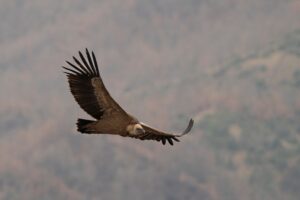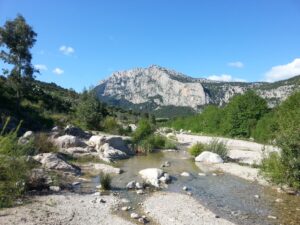Birding Sardinia
The island of Sardinia’s remarkably rich natural history is has gone almost entirely unappreciated outside of Italy. But this Jewel of the Mediterranean, where limestone and granite mountains descend to an unspoiled coastline of remote sandy coves, has largely escaped the development afflicting so many other sites on the Mediterranean Sea. Instead, shepherds still roam here with large flocks of goats and sheep, and it is still possible for the visitor to be virtually alone at such spectacular cultural sites as the famous nuraghi “beehive” towers (7,000 of which survive) or the impressive “giant’s tombs,” are among the most imposing Megalithic structures in Europe.
flocks of goats and sheep, and it is still possible for the visitor to be virtually alone at such spectacular cultural sites as the famous nuraghi “beehive” towers (7,000 of which survive) or the impressive “giant’s tombs,” are among the most imposing Megalithic structures in Europe.
Sardinia’s habitats range from salt pans and lagoons to the rugged massifs of Gennargentu and Supramonte, and the island is home to 300 species of birds, 41 mammals, 18 reptiles, and eight amphibians. The coastal marshes are important breeding localities for western swamphen, greater flamingo, glossy ibis, little bittern, purple heron, cattle egret, avocet, black-winged stilt, red-crested pochard, gull-billed tern, slender-billed gull, and spectacled warbler. Woodlands and maquis are the perfect setting for coal tit, roller, bee-eater, and subalpine, Marmora’s, Dartford, spectacled, and Sardinian warblers, along with Cirl Bunting and Firecrest. The coasts and minor islands host the largest breeding colonies in the Mediterranean of Audouin’s gulls, Eleonora’s falcons, and griffon vultures.
An important specialty is the Corsican finch, found on Corsica, Sardinia, Elba, Capraia, and Gorgona and nowhere else in the world. Sardinia still preserves small groups of little bustards, an endangered steppe bird. And more than half of the European population of the Barbary partridge is resident here on Sardinia, there.
Overhead, birds of prey are often sighted, with buzzards, golden eagles, and peregrines all breeding on the island.
